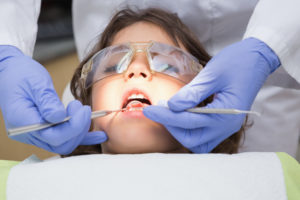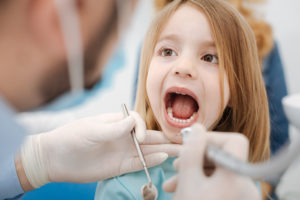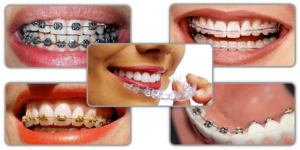A Lot Of Money Is Spend To Fix Your Teeth
This Blog was posted by Clearview Dental – Cosmetic Dentistry Milton, Ontario
A Lot Of Money Is Spend To Fix Your Teeth
We spend a lot of time and money, as a country, on fixing the imperfections in our bodies, the way that they naturally are made and develop. One of the things that we spend a lot of time and money on is making ourselves more pleasing, more beautiful to the people around us, so that we can, say, more easily attract a mate, or maybe so that we can get ahead in our business lives, or maybe just because we want to have a slightly easier life, and as everyone knows, life is easier when you’re beautiful (and there is a lot of academic research to back this up, by the way).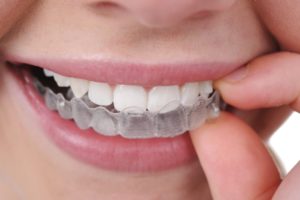
For a lot of people, some of these things are out of their reach, when it comes to money or the amount of surgery that you’re willing to go through. For example, yes, you can have the perfectly symmetrical face, but you may need to undergo costly facial surgery (plastic surgery) that will make it so, and that can be something that is both expensive (thus the use of the word ‘costly’) and can have the same dangers that any surgery is going to have. You can also have the perfect body; we have a lot of procedures for doing that, like implants for your pecs and your abdomen, a host of ways to naturally help you lose weight, or to do so with a less than natural approach like liposuction, you can have excess skin nipped and tucked, the list is long. But, like the other sorts of surgeries, they’re expensive, and they carry the same inherent risk that comes along with any serious surgery (and to be clear, basically any time you get cut open, you’re putting yourself in a bit of risk at the very least). However, there is one thing that you can do to improve your looks that don’t involve such a look, and it means the use of braces and the help of someone who can provide you with some quality dental care. More about ourMore Information here here
I’m talking about getting braces to fix the alignment of your teeth. Sure, there are a lot of people who get the standard braces, the ones that we know of already, the ones that almost everyone in the world has seen at some point in their lives. However, there is a more modern approach available today and it’s known as Invisalign. To follow is a list of three ways in which Invisalign is an improvement.
1. Discretion
When it comes to standard braces, they’re often made of metal, and let’s face it; metal isn’t discreet. It’s bright, it’s shiny, and it’s hard to disguise when it’s in the mouth.
However, when it comes to Invisalign, there’s no such issue. This is because Invisalign is made up of a hard and clear plastic, which, when put on the teeth in the mouth, is almost invisible, as the name would suggest, to the observer. Invisalign lives up to its name and is the utmost in discretion that is currently available.
2. Durability
A problem that standard metal braces can run into is one of durability. The metal in such braces is in the mouth, and that mouth is an inhospitable place for pretty much anything to be. It will, over the months or years that they’re in there, slowly wear down, and nothing can change that.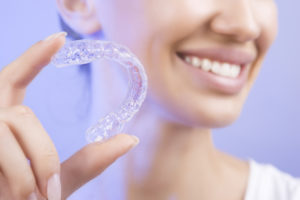
However, when it comes to Invisalign, they just won’t have this problem, and this is because of the short amount of time that they’ll be sitting in the mouth. They sit in the mouth for about two weeks, and then you move on to the next set of aligners in the series.
3. Cost
Alright, this isn’t a huge advantage, because alas, they’re more expensive. Finding a good dental office that offers them, you’re likely to find that braces are about five hundred to a thousand dollars cheaper, when all is said and done. However, you can pay off that increase in price over time, on an installment plan, which takes a lot of the sting out of this slightly higher price. This means that you’ll be paying something like twenty dollars more a payment cycle or something around there.
So, if you’re looking to make your teeth more beautiful, you should very much consider asking your local professional orthodontist about Invisalign, and seeing if it might be right for you and for the particular dental issues that you’re having. It’ll make it a lot easier for you to improve the way your teeth look and make sure you can do so as discreetly as possible. For more Questions about Braces click on this link to Orthodontist in San Antonio
Read More »